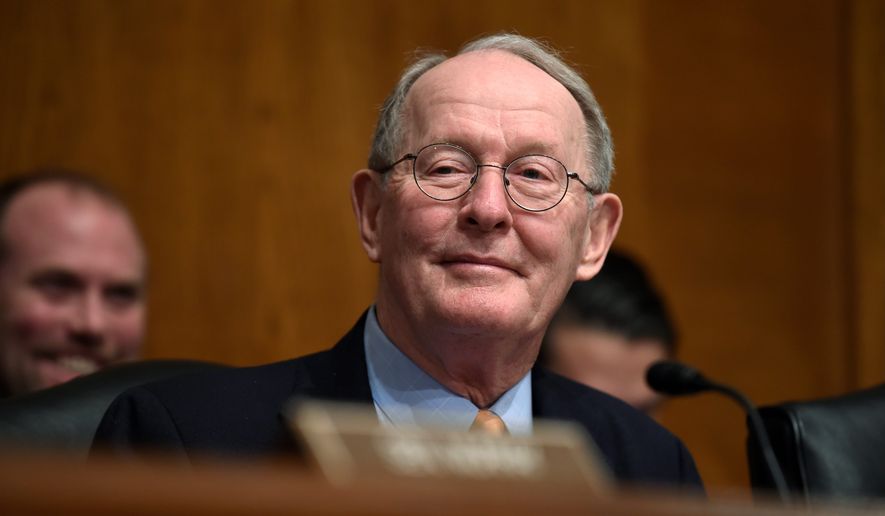College and universities that churn out students who default on their federal loans should be forced to bear some of the brunt of those costs, senators said Wednesday in a bipartisan push to try to make schools with high student default rates have to put “skin in the game.”
Sen. Lamar Alexander, Tennessee Republican, said giving schools a stake could prod them to keep their tuition and fees in check, and make sure students finish their degrees on time, which could help cut down on the record levels of debt students are piling up.
As it stands, colleges have few incentives to make sure students do not borrow beyond their means, in part because the government will not kick a college out of its federal aid programs unless nearly a third of students default within three years of starting repayment, members of the Senate’s education committee said.
“It is never is easy to pay for college, but federal taxpayers have made it easier than many people think,” Mr. Alexander said.
Only 37 percent of student borrowers are current on their loans and paying down debt, and from 2004 to 2014 there’s been an 89-percent increase in the number of borrowers, and the average balance on their loans has increased 77 percent, according to a study released last month by the Federal Reserve Bank of New York.
The ripple effect is felt throughout the economy, as young adults delay purchasing homes or starting businesses.
SEE ALSO: Bernie Sanders, Vermont senator, pushes for free college, wants Wall Street to pay
“They have literally mortgaged their economic future,” said Sen. Jack Reed, the Rhode Island Democrat leading an effort that would require colleges who produce an unusually large amount of defaulting students to reimburse taxpayers for a percentage of those loans.
President Obama has taken unilateral steps on student debt, including capping the amount they have to repay.
But the bipartisan efforts in the Senate to address the problem reflect growing concern that colleges — not just borrowers or the federal government that backs the loans — should bear some financial risk.
“You recruited them. You admitted them. They’re at your school,” Barmak Nassirian, director of federal policy for the American Association of State Colleges and Universities, said in an interview.
Among other ideas, Mr. Alexander said part-time students shouldn’t be able to borrow as much as full-time students, and perhaps colleges should be allowed to counsel borrowers more frequently or cap the amount students can borrow.
Senate Democrats, including Sen. Richard Durbin of Illinois, Patty Murray of Washington and Elizabeth Warren of Massachusetts, are pushing Mr. Reed’s bill, which would force colleges repay a share of defaulted loans if at least a quarter of their students use federal aid.
SEE ALSO: Benghazi panel subpoenas former Clinton aide Sidney Blumenthal
As it stands, colleges do not face federal penalties unless the percentage of borrowers who default within three years of entering repayment, known as the “cohort default rate,” reaches a high bar of 30 percent. The national rate is much lower, close to 14 percent.
Mr. Alexander’s office said only 21 out or roughly 6,000 institutions were penalized in fiscal 2011 for rates that exceeded federal thresholds, according to the most recent data available.
Colleges with rates just below the 30-percent bar have no incentive to reach more respectable levels, according to Andrew P. Kelly, director of the Center on Higher Education Reform at the American Enterprise Institute.
“You don’t have to,” he said. “There’s nothing compelling you to.”
An Education Department spokesman declined to comment Wednesday on the proposals.
• Tom Howell Jr. can be reached at thowell@washingtontimes.com.




Please read our comment policy before commenting.